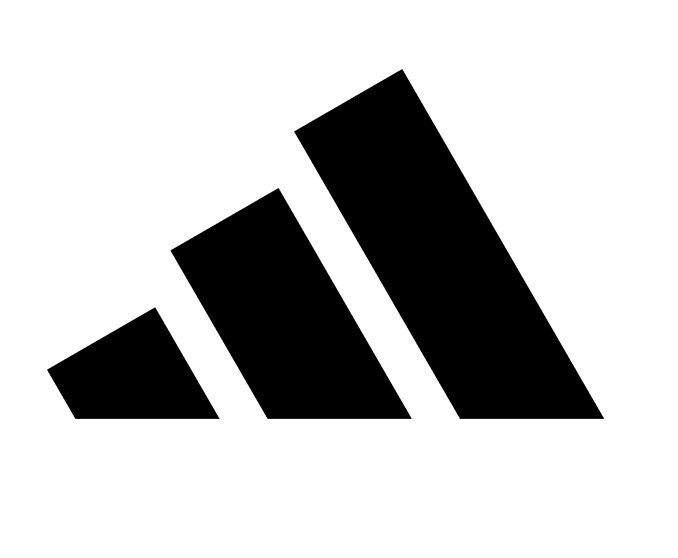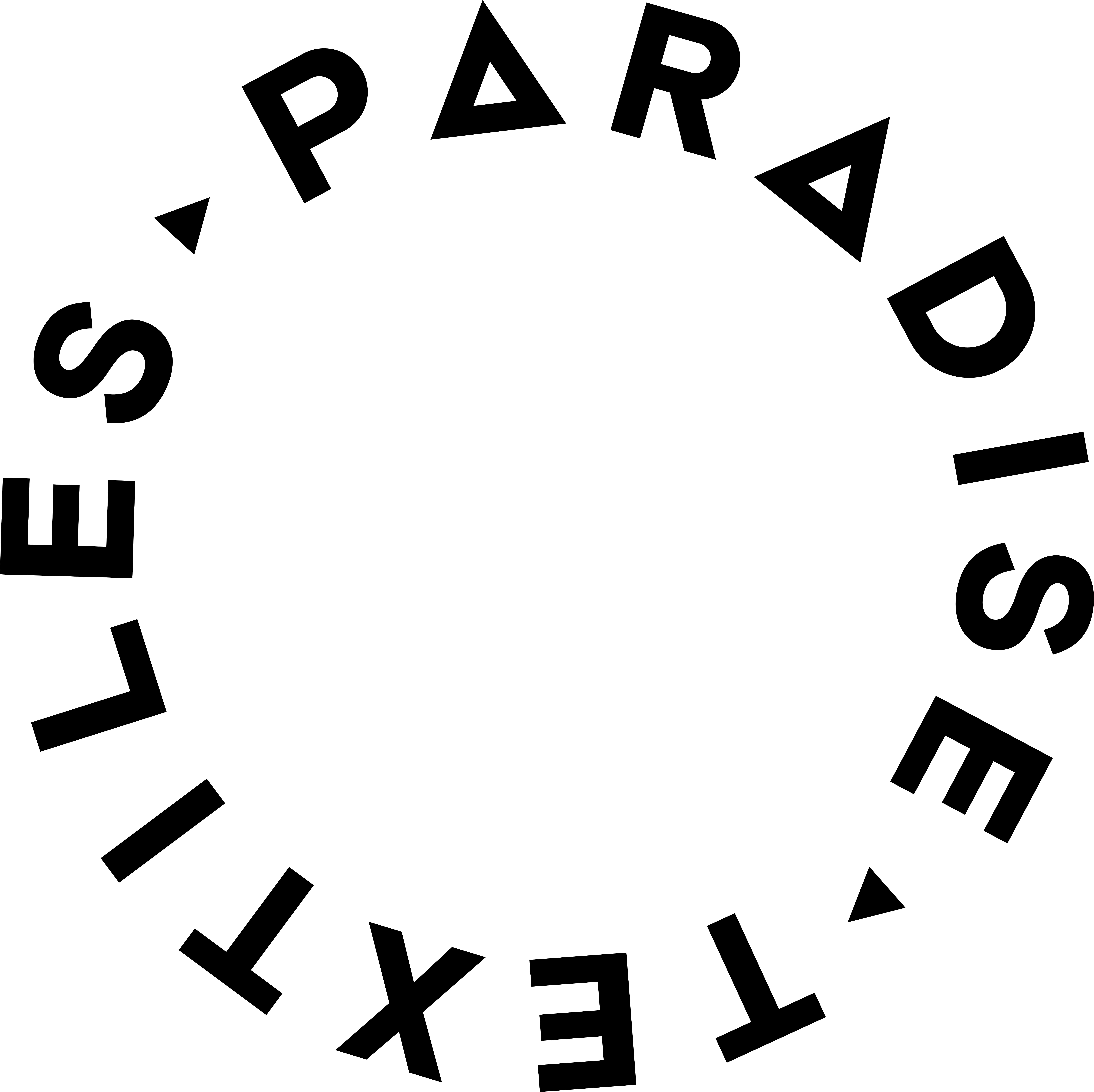
Behind the Break
“Behind the Break,” is a project aimed at exploring textile fibre fragmentation. The research aims to identify the root causes of fibre shedding during manufacturing, enhance existing test methods, and inform future industry best practices and policies to reduce textile pollution. A report accompanies the project, providing an overview of existing knowledge gaps, recent developments, critical insights, and emerging opportunities for meaningful action within the fashion and textile industry.
Problem Statement
Fibre fragment pollution poses a significant threat to ecosystems and human health. Adopting interventions across the whole value chain is critical to reducing the amount of fibre fragments entering the environment. However, a key strategy to address fibre fragmentation at its source lies in better understanding its root causes to drive more responsible textile design and manufacturing. Currently, significant knowledge gaps on root causes persist, along with uncertainty regarding the reliability of test methods used to evaluate the true shedding of different materials.
Executive Summary
The “Behind the Break: Exploring Fibre Fragmentation” project is a collaborative initiative by Fashion for Good and The Microfibre Consortium, aiming to advance industry knowledge needed to address the issue of fibre fragmentation at its source. The project aims to reduce uncertainty by identifying the best use cases for different test methods and exploring how they can be enhanced or complemented. Additionally, the influence of various factors on a fabric’s propensity to shed will be analysed, providing insights to inform the development of targeted mitigation strategies.
Goals of the Project
-
Advance research on root causes: Confirm or challenge current academic findings and assess the reliability of current testing methods by quantifying and characterising fibre fragments for the selected material archetypes.
-
Validate test methods and reduce uncertainty: Assess the effectiveness and reliability of various test methods, identify their best use cases, and align towards standardised approaches that enable consistent and reliable data collection.
-
Strengthening data correlation: Compare results across methods to identify variations, and uncover discrepancies or trends within the data.
-
Address gaps and drive improvements: Evaluate current methods to pinpoint limitations, address shortcomings, and build upon existing databases to enable upstream design interventions and supply chain improvements.
-
Inform policy and regulatory efforts: Deliver critical insights to support the development of policies and regulations aimed at addressing fibre fragmentation.
Innovation Partners
Project Partners
Implementation Partners
Relevant Resources

What are microfibres and microplastics in fashion?

In Conversation with NFW: Creating biomaterials that support plastic-free design

Pilot Project to Tackle Plastic Polybag Waste in Fashion Industry
Recycling company First Mile has partnered with global sustainable fashion innovation platform Fashion for Good on a new pilot scheme that aims to tackle the issue of plastic polybag waste in the fashion industry.

Can we recycle polyester?

In Conversation with CuRe Technology: How Can We Create a Fully Circular Polyester Chain?
Other Projects

The Next Stride: Bio-based Materials for Footwear Soles
“The Next Stride: Bio-based Materials for Footwear Soles” aims to validate the performance and environmental impact of bio-based polymers as sustainable alternatives to the fossil fuel-derived materials currently used in footwear soles. The objective is to collectively de-risk the transition to these “next-generation” materials by rigorously testing their technical properties and assessing environmental benefits. Ultimately, the purpose is to accelerate the adoption of these bio-based solutions and pave the way for a more sustainable footwear industry.

Beyond50 Denim: Combining Cottonised Hemp And Green Chemistry
“Beyond50 Denim: Combining Cottonised Hemp And Green Chemistry” aims to validate the performance and environmental impact of cottonised hemp processed with green chemistry to act as a true alternative to cotton in denim applications. The project goal is to evaluate the performance of SEFF’s cottonised hemp fibre in combination with Fibre52’s bio-friendly chemistry solution within denim fabric applications with a total hemp content of 50% and above. The fabrics will be benchmarked against conventional 100% cotton denim with a specific focus on handfeel and aesthetic characteristics.

Price Parity Toolkit
The Price Parity Toolkit (PPT) was designed to help bridge the price gap between next-gen* and conventional materials. Developed by Fashion for Good with the support of Canopy, this industry-supported framework introduces a financing mechanism that decouples price premiums at early stages of the supply chain to enable adoption and drive the scale of lower-impact materials.













